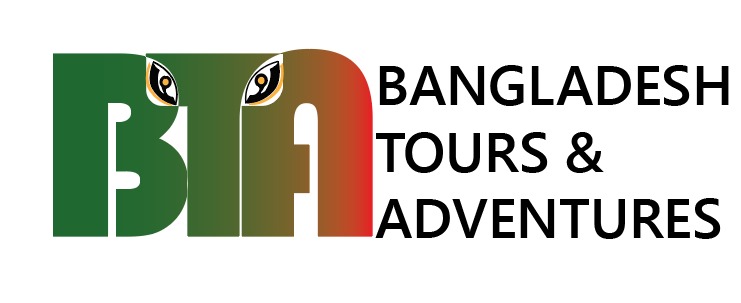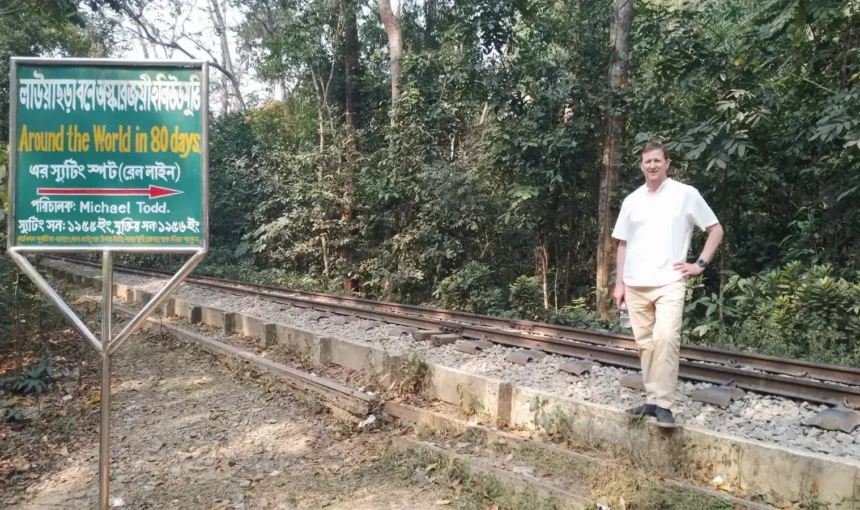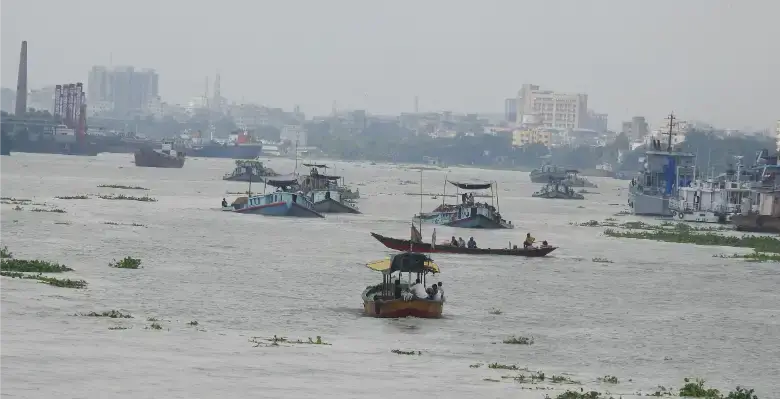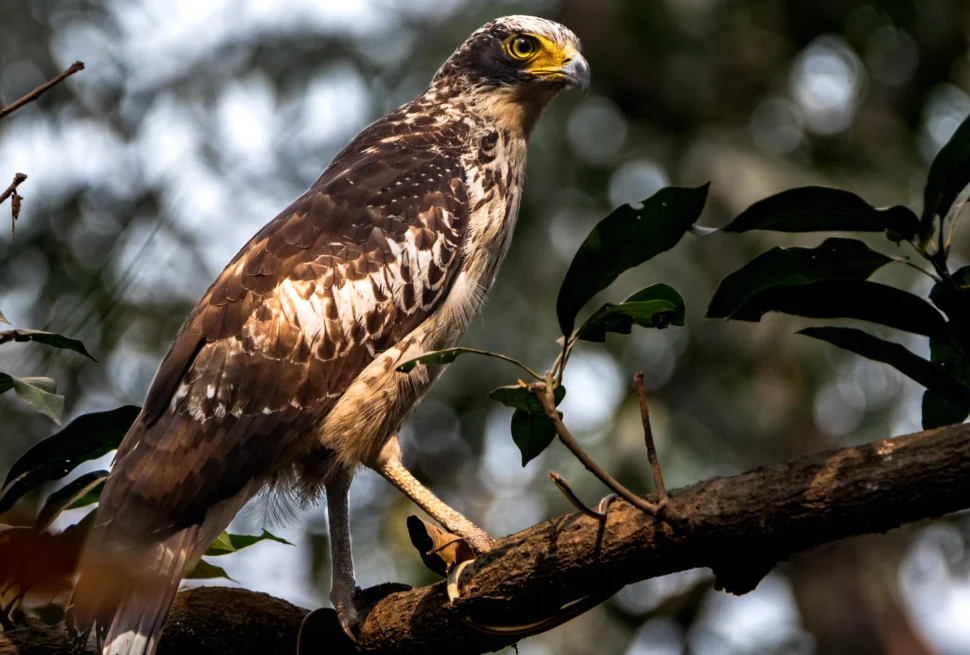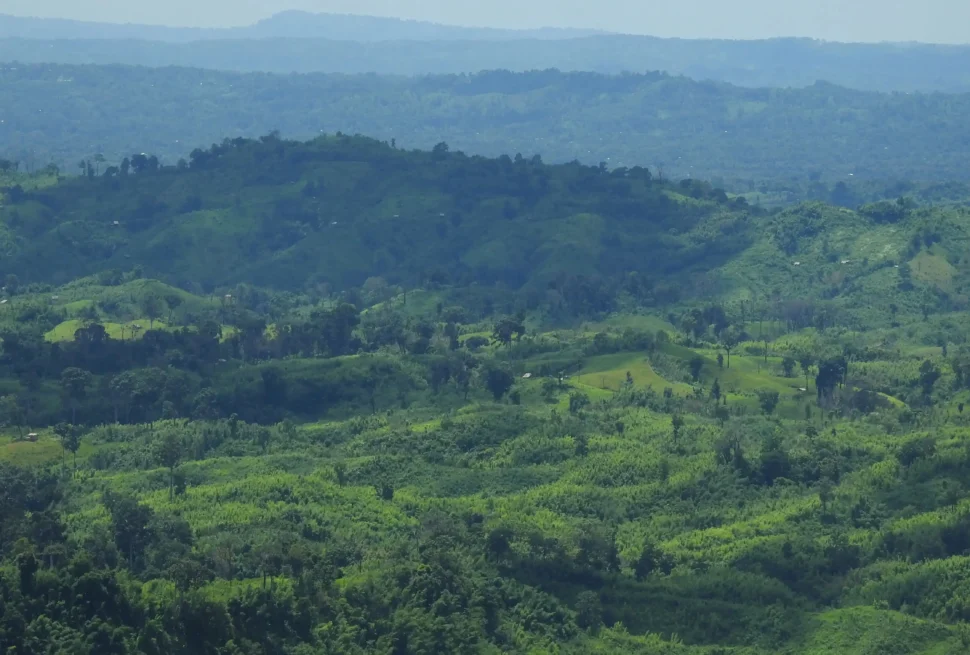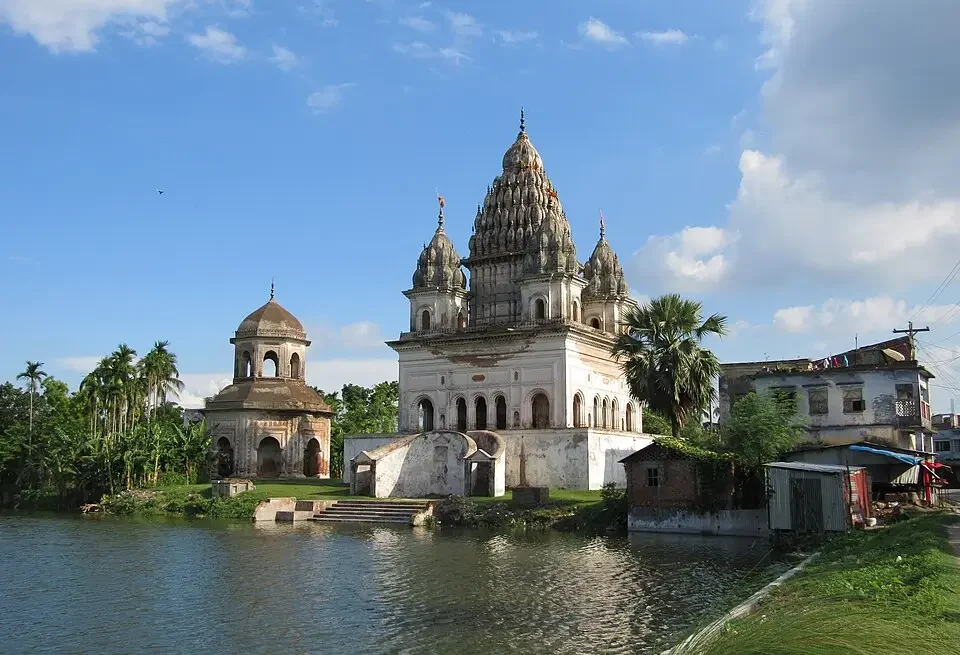When I first told them I was going to Bangladesh, most of my American friends looked at me with amusement. “Why Bangladesh?” they asked. I didn’t have a straight answer; I just knew that I wanted to go somewhere truly real, raw, and culturally rich. What I found was much better than I could have imagined. The cities I visited – Dhaka, Bogra, Dinajpur, Rajshahi, Tangail, Sylhet, Srimangal, Sundarbans, Chittagong, Comilla, Rangamati, Bandarban, Ramu, Cox’s Bazar, Teknaf, and St. Martin – were rich in history, friendly people, and warm relationships.
I began my journey in Dhaka. It was a strange mix of rickshaws, street food, old buildings, and friendly faces.I visited old Dhaka, which was very busy and chaotic, took a boat trip on the Buriganga River and saw historical sites like Lalbagh Fort and Ahsan Manzil.Although the city is very busy, it still has a distinct tone that is chaotic and vibrant. Watching the weavers making traditional saris was like visiting a living museum. The people of the town reminded me that it is the people of Bangladesh that make this country great.
The ruins of Mahasthangarh were so heavy that I could feel them under my feet while I was in Bogra. With its terracotta details, the Kantaji Temple in Dinajpur amazed me. The scenery around it was the most beautiful I saw on my trip.
The trip from Rajshahi, located on the banks of the Padma River, to the royal Buddhist ruins of Paharpur, a UNESCO World Heritage Site, was wonderful. The peace and quiet of that old convent was a nice break from my busy travels.
The next destination was Srimangal, the green paradise and tea capital of Bangladesh. I wanted to combine my love of nature and culture, and I achieved that by trekking through the Lawachhara jungle, spotting gibbons and drinking seven-tiered tea in bamboo huts. It was a beautiful glimpse into their way of life, being treated kindly by the Khasi and Tripura tribes.
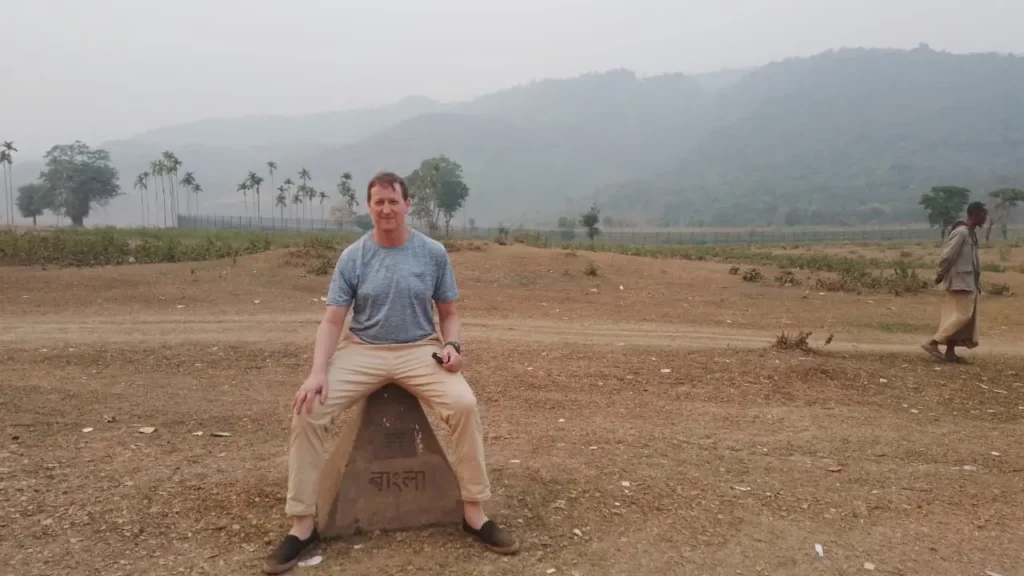
Then the Sundarbans became my attraction. For three days, they rowed boats through narrow mangrove canals, listened to early morning songs, watched deer and prayed that they would see a Royal Bengal Tiger. I felt cold as I was in tiger country, although they were difficult to find. On deck, we ate freshly cooked food, fell asleep like cicadas and woke up to the beauty of the delta.
Chittagong was a busy port city with a large fish market and a history of British colonialism. After that, the Mainamati ruins in Comilla took me back to Bangladesh’s Buddhist roots.
Then, the mountains spoke. Rangamati’s tranquil Kaptai Lake and the winding roads of Bandarban were beautiful. When I trekked in the Chimbuk Hills and met the Marma and Mro people, I felt as if I was in another country. The way that faith, wilderness, and a sense of belonging came together was deeply touching.
We descended the mountains and went to Ramu, a quiet Buddhist village near Cox’s Bazar. There, monks met me in a peaceful monastery. Then there was the longest beach in the world. Watching the sun set over the Bay of Bengal, walking barefoot on the golden sand, and eating the region’s delicious seafood.
But the last excursion was still to come: to Teknaf and St. Martin’s Island. Since Teknaf was in the very south of the country, it felt like the end of the world. We flew to St. Martin, a small island made of coral with clear blue waters. I swam, snorkeled, lay under palm trees, and laughed with the locals while eating fried fish on the beach.
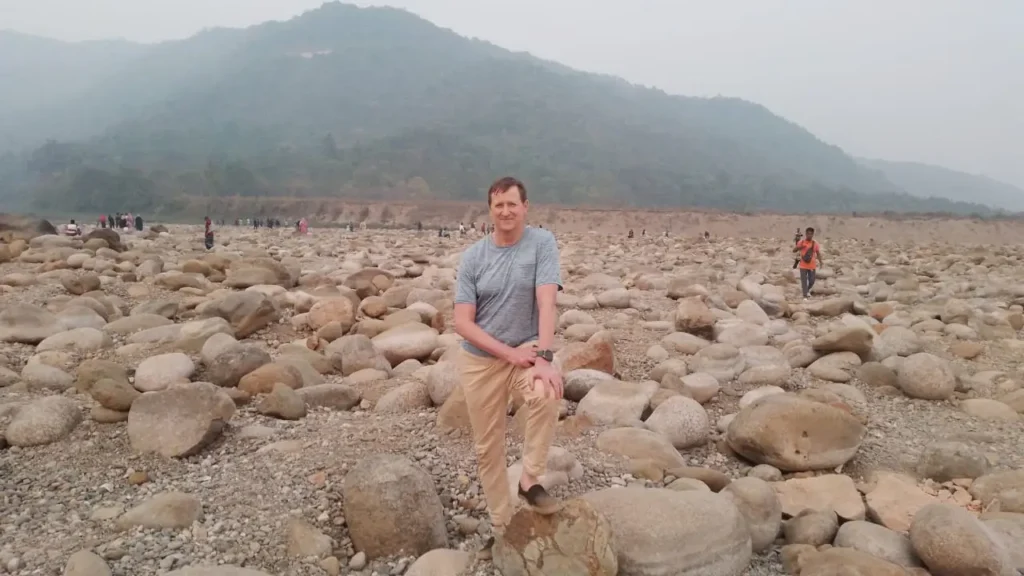
Bangladesh is underrated and under visited, but it’s surprisingly fulfilling. It’s a country of stark contrasts, with bustling cities and quiet countryside, old traditions and a vibrant energy. I took away not only memories but so much more when I flew out of Dhaka. The people I met—their stories, strength, and kindness—what I learned changed my heart.
If you want to take a path not many people take, come to Bangladesh. It’s not smooth, but it’s pure. It will surprise you in the most beautiful ways.
— Daniel Monro, traveler from the United States who booked through Bangladesh Tours and Adventures
